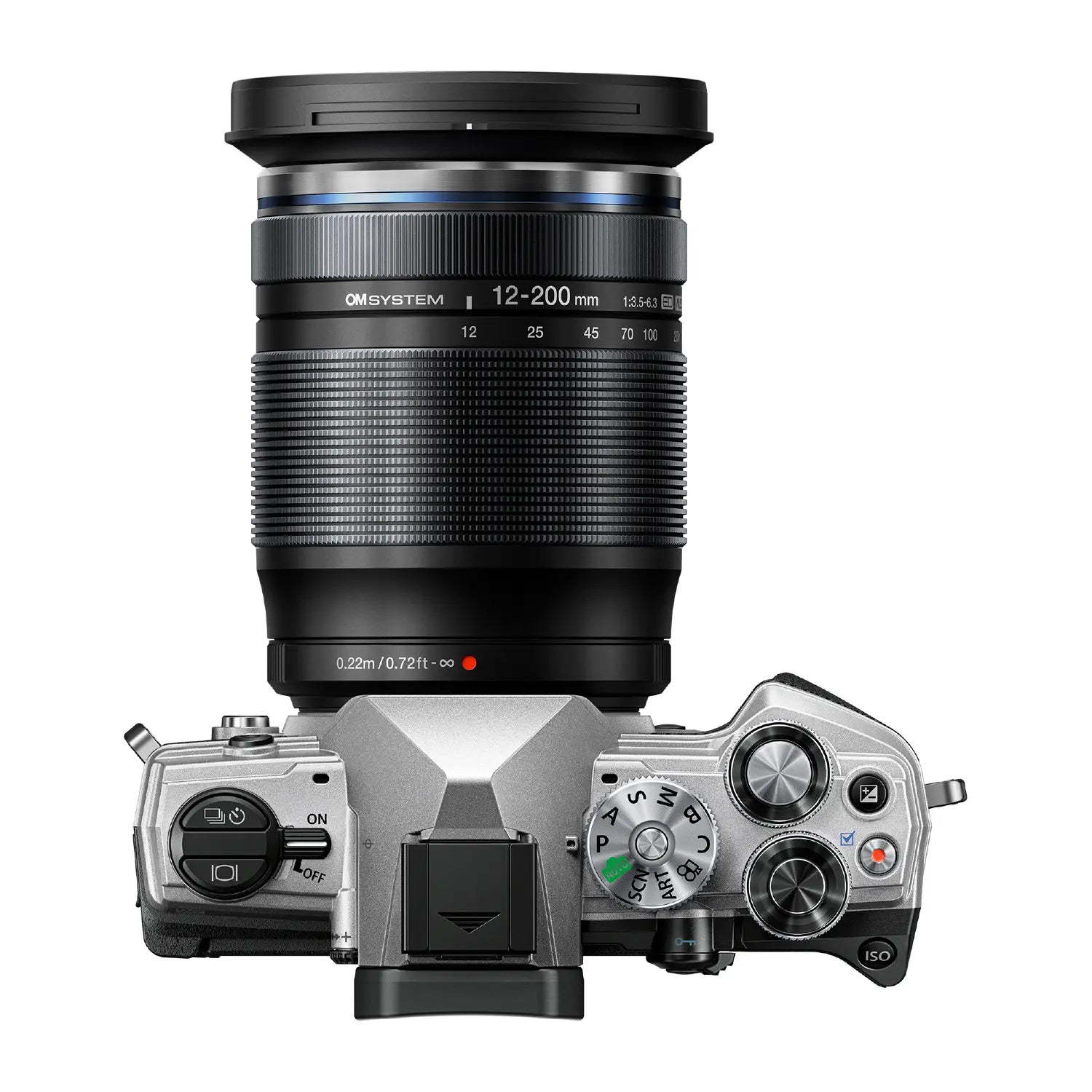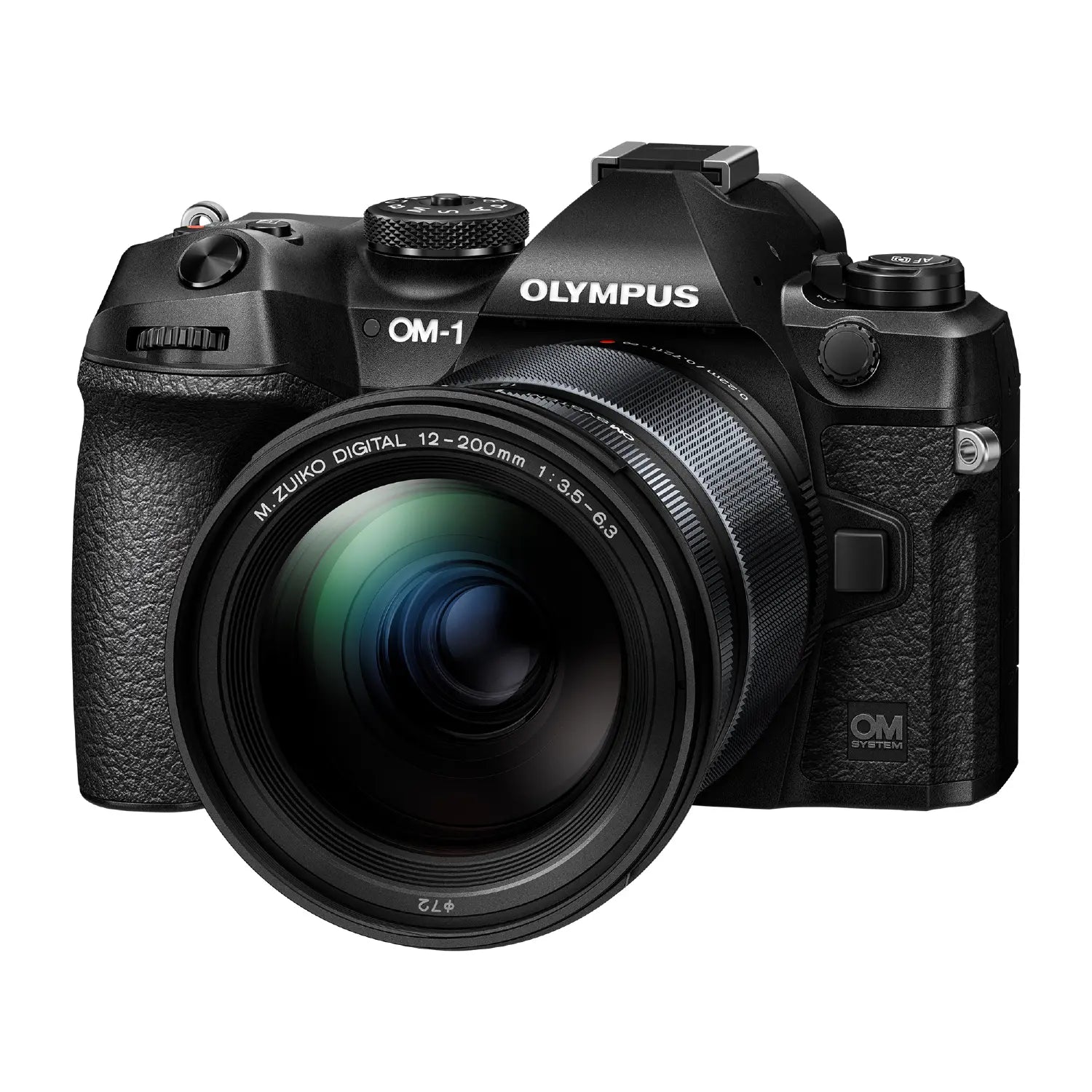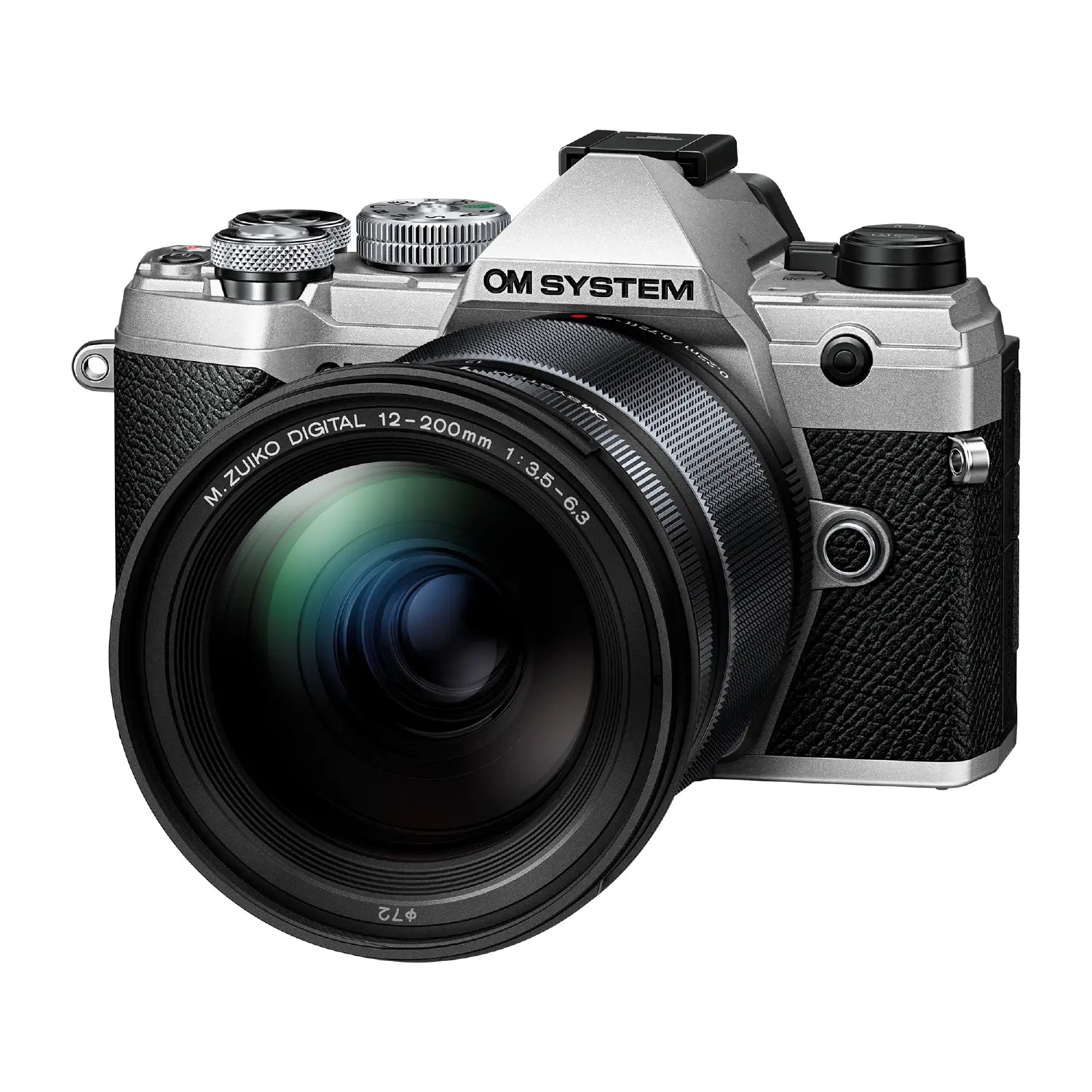What we think...
OM SYSTEM Winter Cashback Promotion 2025

Discover the perfect opportunity to upgrade your photography gear with exclusive cashback offers across a wide range of OM SYSTEM cameras and lenses. Whether you’re stepping into the OM SYSTEM ecosystem for the first time or expanding your current setup, this limited-time promotion makes it easier than ever to invest in premium quality and performance.
Enjoy peace of mind with a 5-Year Total Warranty on all featured products — ensuring lasting protection and confidence in every shot. From lightweight mirrorless cameras to professional-grade lenses, the comprehensive OM SYSTEM lineup has something for every creator, adventurer, and storyteller.
Claim your cashback, enjoy extended warranty coverage, and capture more with OM SYSTEM.
Product Description
OM System / Olympus M.Zuiko Digital ED 12-200mm F3.5-6.3 Lens
All-in-One Zoom for Maximum Versatility
The M.Zuiko Digital ED 12-200mm F3.5-6.3 is a powerful, all-in-one zoom lens designed for Micro Four Thirds cameras. Offering an incredible 16.6x zoom range, this lens covers everything from ultra-wide 12mm to super-telephoto 200mm (35mm equivalent: 24-400mm), making it one of the most versatile mirrorless zoom lenses available.

Despite its extended zoom range, this lens remains compact and lightweight, ensuring portability without compromising performance. With weather-sealed construction and high-speed autofocus, it is the perfect travel companion, ready to tackle landscapes, street photography, portraits, and distant subjects in any environment.

Key Features
Unmatched 16.6x Zoom Range
- Covers 12-200mm (24-400mm equivalent) from wide-angle to super-telephoto.
- Eliminates the need for multiple lenses, offering exceptional convenience.
- Perfect for landscapes, portraits, travel, and distant subjects.

Compact, Lightweight & Weather-Sealed
- Dustproof, splashproof, and freezeproof construction for all-weather shooting.
- Weighs significantly less than traditional telephoto zooms, ideal for travel.
- Durable design inspired by the M.Zuiko PRO series.

Advanced Optical Performance
- Super ED and aspherical lens elements minimise chromatic aberrations and distortion.
- ZERO (Zuiko Extra-low Reflection Optical) coating reduces ghosting and flare for crisp, high-contrast images.
- Delivers sharp, clear results across the entire zoom range.

High-Speed, Precise Autofocus
- MSC (Movie & Still Compatible) autofocus system for fast, silent, and accurate focusing.
- Inner focus system moves a single lightweight lens for smooth operation.
- Designed for split-second shooting, ensuring you never miss the moment.

Technical Specifications
Focal Length & Aperture
- Focal length: 12-200mm (24-400mm equivalent on Micro Four Thirds)
- Maximum aperture: f/3.5-6.3
- Minimum aperture: f/22

Optical Design
- Advanced multi-element construction for outstanding sharpness and contrast.
- Super ED, aspherical, and high-refractive elements to minimise optical distortions.
- ZERO (Zuiko Extra-low Reflection Optical) coating for improved clarity.

Focusing & Performance
- Minimum focusing distance: Short, allowing for close-up shots.
- Autofocus system: MSC (Movie & Still Compatible) for fast, silent operation.
- Inner focus mechanism for precise, rapid autofocus.

Build & Dimensions
- Weather-sealing: Dustproof, splashproof, and freezeproof.
- Compact, lightweight design for maximum portability.

Why Choose the Olympus 12-200mm F3.5-6.3 Lens?
- Industry-leading 16.6x zoom – The most powerful zoom range for mirrorless cameras.
- All-in-one convenience – Eliminates the need to carry multiple lenses.
- Weatherproof durability – Shoot in any condition with confidence.
- Fast, silent autofocus – Perfect for both photography and video.
- Advanced optics – Delivers sharp, high-quality images with minimal distortion.

The Olympus M.Zuiko Digital ED 12-200mm F3.5-6.3 is the ultimate travel and all-purpose zoom lens, offering exceptional versatility, sharp optical performance, and rugged durability. Whether you’re capturing landscapes, portraits, or distant wildlife, this lens ensures professional-grade results in any situation.

Payment & Security
Your payment information is processed securely. We do not store credit card details nor have access to your credit card information.























